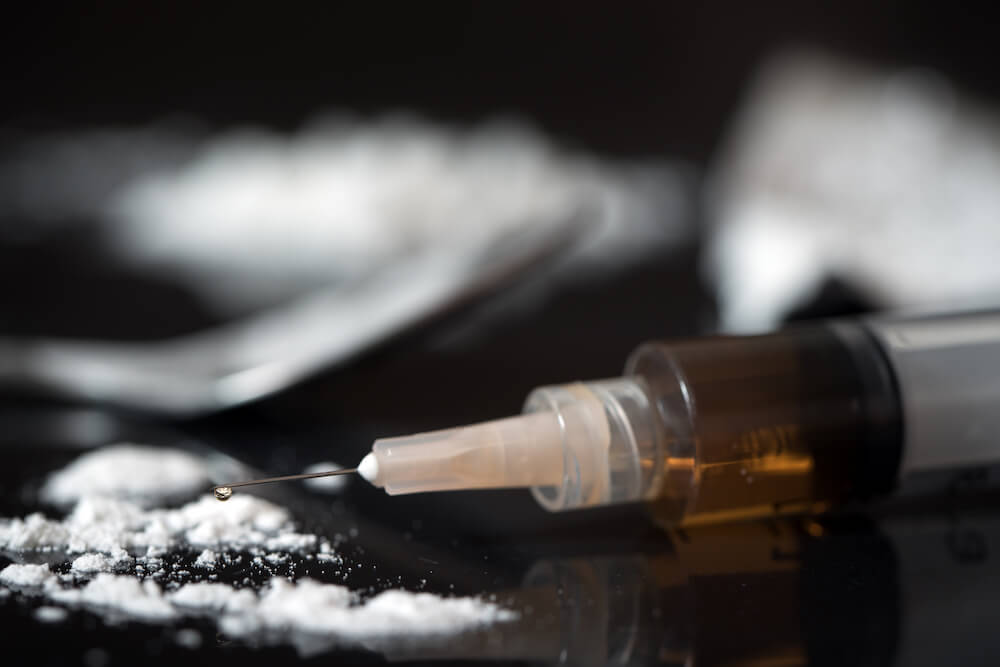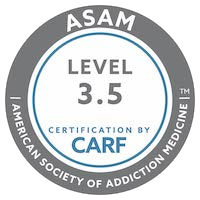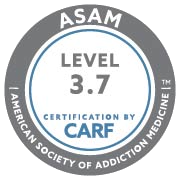
What once seemed like a major medical breakthrough packed with endless benefits has rapidly become one of the greatest crises facing Americans today.
In the early 2000s, big pharmaceutical companies began pushing their newer pain medications on health professionals. These medications included the highly popular OxyContin, which remains one of the most widely prescribed medications in the United States. Unfortunately, however, the push to get opioid-based medications into doctor’s offices was fueled by the desire to make money, not help the American people. As medical professionals continued to be reassured of their safety, they continued to prescribe these medications to patients liberally. Since then, millions of people have become addicted to prescription painkillers and illicit opioids, while hundreds of thousands have died from them.
Today, 128 people die each day from an opioid overdose. More than three million Americans are addicted to opioids. Their families and loved ones can attest to the destruction that the disease of addiction can cause. The national rate of opioid overdose death rate is 14.3 per 100,000 people. In Los Angeles County, the rate of opioid overdose is 12.3 per every 100,000 people. And while that may seem like a good thing since this rate is lower than the national average, it actually signifies a major increase in opioid deaths in the area since 2016.
Los Angeles Opioid Crisis
Los Angeles has always been riddled with drug abuse and alcohol addiction. In fact, one of the most famous areas for the homeless is based out of Los Angeles — Skid Row. It is packed with people strung out on drugs and hooked on alcohol. Within the city, drugs have always been readily available and easy to access, including heroin. When the opioid crisis began, the vast majority of people getting addicted to opioids were doing so through the prescriptions they received from their doctor, not in places like Skid Row or the surrounding areas. But, that did not mean that heroin abuse was occurring any less in these and other areas. As the opioid crisis trudged on, more people began turning to the opioid street drug. It was much cheaper and easier to get their hands on. Today, there is a population of individuals who are addicted to both types of opioids (prescription and illicit) and the case count is rising.
According to the Drug Enforcement Administration (DEA), the biggest hotspots for opioid abuse and overdose in the Los Angeles County area are listed below in consecutive order:
- Antelope Valley — 6.4 deaths per 100,000 residents
- The Metro region — 6.0 deaths per 100,000 residents
- West Los Angeles — 5.7 deaths per 100,000 residents
Los Angeles continues to grow into a hub for opioid abuse and addiction. Especially because it is known as a transnational distribution hub. This means that all types of drugs are shipped directly into the Los Angeles area, primarily from Mexico. What gets shipped to this area are large bulk stashes of drugs like cocaine, methamphetamine, and heroin. These drugs get shipped off again to other parts of the country. But first, they get spread around the Los Angeles area. With a constant influx of drugs coming into the city, it’s no wonder the people of Los Angeles are experiencing an increase in opioid addiction and overdose in the area.
Additional Opioid Statistics for Los Angeles
As the abuse of opioids continues to rise in Los Angeles, it helps to gather more information to put the crisis in the area into better context. When there is a stronger understanding of how cases of opioid addiction and overdose are climbing, it becomes clearer why it is so important to ensure that the people of Los Angeles are given their best shot at recovery. Consider the following statistics related to the current state of things in Los Angeles:
- California, home to Los Angeles, came in fourth for number of drug overdose deaths in a year in 2017, with the deaths of 4,868 people
- In Los Angeles, those who died of drug overdoses died approximately 30 years prematurely
- Between 2006 and 2017, hospitalization and emergency room visits related to opioid use increased by 31% and 51% respectively
To combat the increasing public health issue that is the opioid epidemic, officials in Los Angeles are working to take the crisis head-on by utilizing a number of strategies. In other areas of the country, similar strategies have proven to be highly effective in curbing rates of opioid addiction and abuse, such as:
- Improve community awareness of opioid addiction through data-driven messaging
- Promote family cohesion, self-control, school-connectedness and academic competence, and strong neighborhood attachment
- Implementation of the HEART Collaborative (Help for Addiction Recovery and Treatment)
- Ensuring health professionals have access and are educated on using CURES. Which is the drug monitoring program used in the area
- Expanding access to naloxone, so that both those who consume opioids and their loved ones can have it readily available in the event of an overdose
In addition, there are countless addiction treatment programs in Los Angeles County and in nearby counties, too. These treatment programs offer a variety of different services. They are ranging from detox and residential care to outpatient treatment and aftercare support. As a community, the people of Los Angeles are working to reduce the presence of opioid addiction in their hometown. And also they are working to improve the outcomes for those who require recovery to stop using.
Are You Addicted to Drugs and Need Help? Call Us Right Now.
If you are addicted to drugs and know that it is time to stop, don’t hesitate for one second to contact us. We are here to help you get moving on the road to recovery. So that you can live a happy, healthy, sober life free from the destruction of opioid abuse.
So, if you are ready to make that call, do it. You will be connected to one of our compassionate, educated admissions counselors who can get you started right now.
You do not have to go through opioid addiction alone. We can help.






